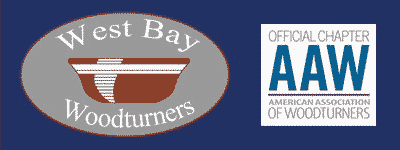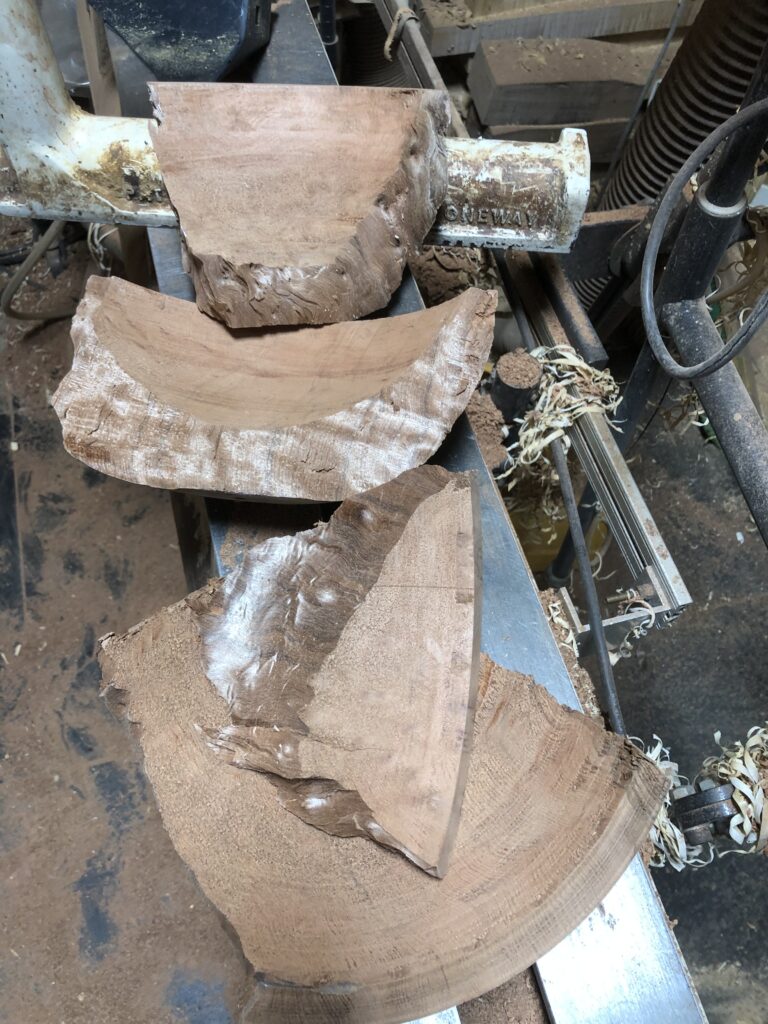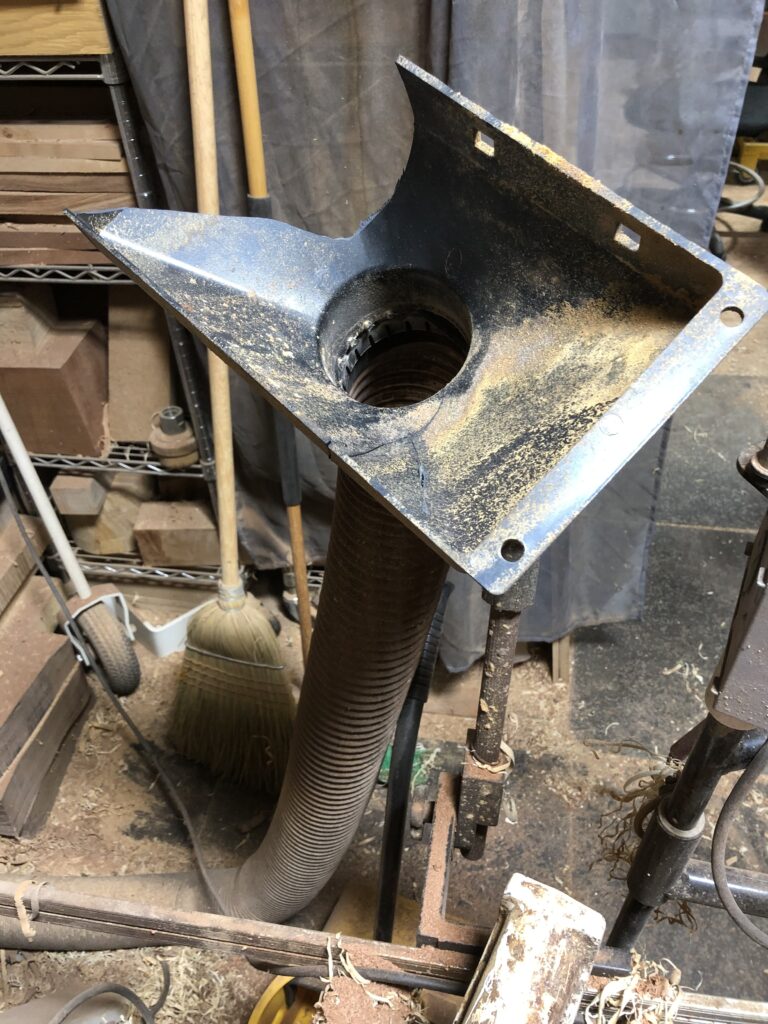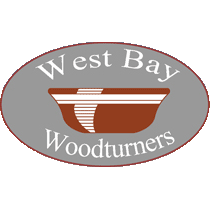Next Meeting
Wednesday November 15,
7 pm at Bridges Church, 625 Magdalena Ave,
Los Altos 94024

Program
Board nominations and election of the 2024 board of directors.
2024 demo possibility: Sally Ault, overview with Dean Caudle.
Holiday potluck sing-up.
Demo – Bending a tree: off-center turning with Kelly Smith. As seen on Slack! Come see first hand how Kelly does a progressive bend on a tree by changing the axis.

President’s challenge:
A Holiday ornament or gift item.
Upcoming Meetings
- November: Next Year’s board elections.
- December: Holiday potluck
- January: Panel on finishing
- February: Show your best piece, an extended Show&Tell
Notes from the Last Meeting
by Laura Rhodes
Wednesday October 18, 2023
A full gallery of pictures, thanks to Angela Gunn, can be found here:
https://photos.app.goo.gl/QctaxQuhB8PgfFRp6

Dave Vannier – Grinds, Grinds, Grinds – Part I
Dave Vannier gave a thorough presentation on several of the most popular grinds for bowl gouges. He started with a set of diagrams which showed the parts of a gouge and the terminology used to define the different grinds, including: flute; bevel; heel; wing; cutting edge; nose angle; shank; ferrule; and handle. He noted that there is a difference in gouge size determination. In the U.S. gouge size is based on the distance across the flute, whereas in Europe, the gouge size is based on the shank size.
Older gouges were often made with a V-shaped flute because they were easier to manufacture. Dave noted that these are more difficult to sharpen. More modern gouges usually have a U-shaped flute or a parabolic shaped flute. The different grinds are distinguished mainly by their wings (swept-back, fingernail, or traditional) and their nose angle.
Dave’s recommendation is to pick a grind and get comfortable with it and develop muscle memory using it. He reminds us that, “Sharp will cut. Dull is work and tears.” Grinding off the heel of a bowl gouge creates a smaller bevel, making it easier to turn the inside of the bowl because it can turn corners more sharply.
He then discussed several popular grinds and demonstrated the jigs he uses to achieve them. Each jig essentially constrains three elements of the grind: the angle setting for the leg; the protrusion of the gouge; and how far the jig pivot point is from the wheel.
- Glenn Lucas, 55-degree Irish grind with the Tormek jig
- Bottom Feed with the Tormek jig
- 60-degree David Ellsworth grind with swept back wings
- 40/40 (Stuart Batty) grind
- Vector Grind using the Michelson’s vector jig
There was some information provided on scrapers. Traditional scrapers have a square top edge and should be used with the tool angled slightly down with the handle high to avoid catches. Negative rake scrapers have the top edge ground at a slight angle and are a bit more forgiving and are good for refining the bottom of the bowl. Dave recommends that for shear scraping, a traditional scraper with the tool turned on edge works better for him because he can see where the tool touches the wood.
There was also a short discussion on the relative merits of CBN (Cubic Boron Nitride) grinding wheels versus conventional stone wheels.
Grinds, Grinds, Grinds – Part 2: Hands-on practice

On Sunday, October 22, the hands-on portion of Dave’s presentation was held at the Palo Alto Adult School Woodshop. About 15 to 20 club members were present, and many helped stage, mentor, demonstrate, explain, and clean up. Members were providing individual assistance, as well as getting a feel for how the different bowl grinds perform. There were grinding stations with appropriate jigs, as well as five dedicated lathe with a green bowl blank, set up for the following grinds: 40/40; David Ellsworth; Michelson; and Glen Lucas.
President’s Challenge – Using tips from the “Advanced bowl turning basics” presentation by Tina
Harvey Klein showed two small bowls.
Show and Tell
Harvey Klein presented two sea urchin Christmas ornaments and a set of small spindles used for needlepoint.
Bob Blay had a bowl whose edge was etched with fractal burning and filled with turquoise. He also presented a maple burl tray with an inlayed tree pattern.
Dale Bassmann had two fluted bowls of Brazilian rosewood, turned on a Rose Engine.
Tom Gaston showed an elm(?) bowl and silver maple bowl turned with wood from a recent raffle. He also presented two silver maple bowls made using a Oneway coring system.
Jon Bishop showed a bowl colored on the outside with milk paint and then topped with wipe-on polyurethane.
Daniel Saal presented a big elm bowl with a walnut base and walnut bow ties.
Chip Krauskopf showed a madrone bowl with cracks filled with crushed stone (malachite?) inlay and finished with walnut oil. He also showed a white oak bowl made from a blank from Tina with copper inlay.
Daniel Boehmke presented his 1-year anniversary turner bowl made from elm and his first walnut fruit bowl finished with General Finishes Salad Bowl Finish.
Tina showed a hollow form made by Mike Jackofsky, made of box elder with an incredibly tiny opening. She also presented a practice platter she made of poplar with a very shallow recess on the bottom for holding it in the chuck.
President’s Message
Well, here we are, closing in on the end of another year of turning, learning together, socializing. This is the time to be grateful for such a diverse and dynamic group we are part of. And at the risk of too much repetition, it is also the time to select the board of directors team for the next year. At the November meeting I will ask for any last minute nominations, and we will vote in the candidates for 2024. As usual, if you are so inclined as to help with any club activity, please let myself or any board member know and we’ll work you in!
Claude Godcharles
“As the Wood Turns” by Dave Vannier
I had been working on something to say, but today changed everything. At least some of you have heard me say “Never stand in the line of fire!” Sometimes this means turning in kind of an awkward way, but your health matters the most. After all, the most dangerous tool in the shop is you. It is also the most valuable. When wood comes apart, it comes off at a good clip, and can do a lot of damage. In 2012, we lost a couple of very experienced turners, and one lost part of her face. I’ve had a large block of wood break off, bounce across the shop, and slam into the wall. My wife was out in a flash, but when she heard me laughing, she relaxed. Today was another reminder. I knew the redwood burl had some flaws, but I’d turned the outside, glued on a waste block, and cored the blank. I usually core at around 400rpm, but turn much faster. This time, too fast. But maybe the block was destined for the trash anyway. I now have 4 pieces of wood, plus part of a waste block, a broken dust collector port, and a respirator in pieces. Rattled the nerves a little to say the least. I wasn’t laughing this time, and I’m sure my wife saw a rather strange view, with me wearing a helmet with no shield. I was hit by what I think was a ricochet off the dust collector port. I’m still not sure how much force the respirator will block, but this time, it was enough. I learned how my shield is assembled, and found out I didn’t do any permanent damage to it. The dust port, is toast. The bowl is now scrap wood in the yard waste bin. Very clear the crack went all the way through.
I was told there are cheap lesson and expensive lessons in life. Cheap lessons are ones you learn from other’s experiences. Expensive lessons are ones you pay the price for. In this case, I didn’t pay a big price, but I could have pretty easily. So the take always.. Don’t stand in the line of fire! Wear you protective equipment! Don’t turn at high speeds if the wood is questionable, like I did.



WBW board members and committee chairs
President: Claude Godcharles
Vice President: Tom Gaston
Treasurer: Jon Bishop
Secretary: Roman Chernikov
Member at Large: Fred Colman
Meeting Program Coordinator: Vacant (Claude G acting)
Visiting artist Coordinator: Vacant (Dean Caudle acting)
Anchor seal: Dennis Lillis
Craft Supply: Tina
Librarian: Kelly Smith
Audio Visual: Curtis Vose
Website & Newsletter: Vacant (Roman, Claude and David acting)


Leave a Reply